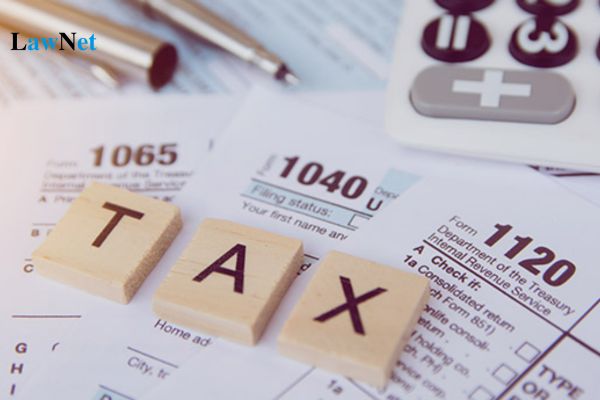From July 1, 2025, which business establishments will apply the credit-invoice method in Vietnam?
What are regulations on credit-invoice method in Vietnam from July 1, 2025?
Based on Clause 1, Article 11 of the 2024 Law on Value-Added Tax (Effective from July 1, 2025), the credit-invoice method is regulated as follows:
- The payable value added tax under the deduction method is calculated as the output value added tax minus the input value added tax that is deductible;
- The output value added tax is the total amount of value added tax on goods and services sold recorded on the value added tax invoice.
The value added tax of goods and services sold recorded on the value added tax invoice is calculated as the taxable value of the taxable goods and services sold multiplied by the value added tax rate of the respective goods and services.
In the case where the invoice records the payment price inclusive of VAT, the output value added tax is determined by subtracting the taxable value of VAT calculated according to the provisions at point k, clause 1, Article 7 of the 2024 Law on Value-Added Tax;
- The deductible input value added tax is the total amount of value added tax recorded on the value added tax invoice for purchased goods and services, tax receipts for imported goods or tax receipts for the purchase of services as specified in clauses 3 and 4, Article 4 of the 2024 Law on Value-Added Tax and meeting the conditions specified in Article 14 of the 2024 Law on Value-Added Tax.

From July 1, 2025, which business establishments will apply the credit-invoice method in Vietnam? (Image from the Internet)
From July 1, 2025, which business establishments will apply the credit-invoice method in Vietnam?
Based on Clause 2, Article 11 of the 2024 Law on Value-Added Tax (Effective from July 1, 2025), the deduction method applies to the following business establishments:
Deduction Method
...
2. The deduction method applies to business establishments that fully implement accounting policies, invoices, and records according to the provisions of the law on accounting, invoices, and records, including:
a) Business establishments with an annual revenue from selling goods and providing services of 01 billion VND or more, excluding households and individuals engaged in production and business;
b) Business establishments voluntarily applying the deduction method, excluding households and individuals engaged in production and business;
c) Foreign organizations and individuals supplying goods and services to conduct search, exploration, development of oil and gas fields, and oil and gas exploitation, declare, deduct, and pay taxes on behalf of Vietnam by the deduction method.
Thus, from July 1, 2025, the credit-invoice method applies to business establishments that fully implement accounting policies, invoices, and records according to the provisions of the law on accounting, invoices, and records, and:
(i) Have annual revenue from selling goods and providing services of 01 billion VND or more, excluding households and individuals engaged in production and business or;
(ii) Voluntarily apply the deduction method, excluding households and individuals engaged in production and business;
Note: Foreign organizations and individuals supplying goods and services to conduct search, exploration, development of oil and gas fields, and oil and gas exploitation, pay taxes by the deduction method declared, deducted, and paid on behalf of Vietnam.
How do business establishments applying the credit-invoice method use invoices and records in Vietnam?
Based on the regulations in Article 16 of the 2024 Law on Value-Added Tax (Effective from July 1, 2025) as follows:
Invoices and records
1. The purchase and sale of goods and services must have invoices and records as per the legal provisions and the following regulations:
a) Business establishments applying the deduction method use value added tax invoices. In cases where goods and services subject to value added tax are sold and the invoice does not record the amount of value added tax, the output value added tax is determined as the payment recorded on the invoice multiplied by the value added tax rate, except for the case provided for in clause 2 of this Article;
b) Business establishments applying the direct calculation method use sales invoices.
2. For stamps, tickets, and cards as pre-printed payment records, the payment price on these items includes value added tax.
Thus, business establishments applying the credit-invoice method use value added tax invoices.
In cases where goods and services subject to value added tax are sold and the value added tax amount is not recorded on the invoice, the output value added tax is determined as the payment recorded on the invoice multiplied by the value added tax rate, except for business establishments applying the direct calculation method using sales invoices.

